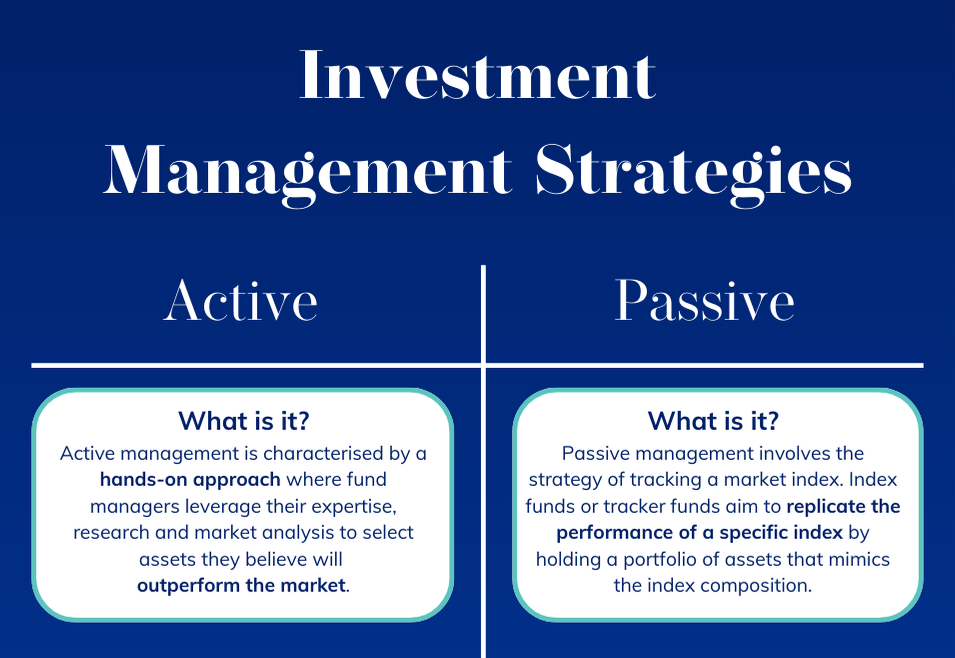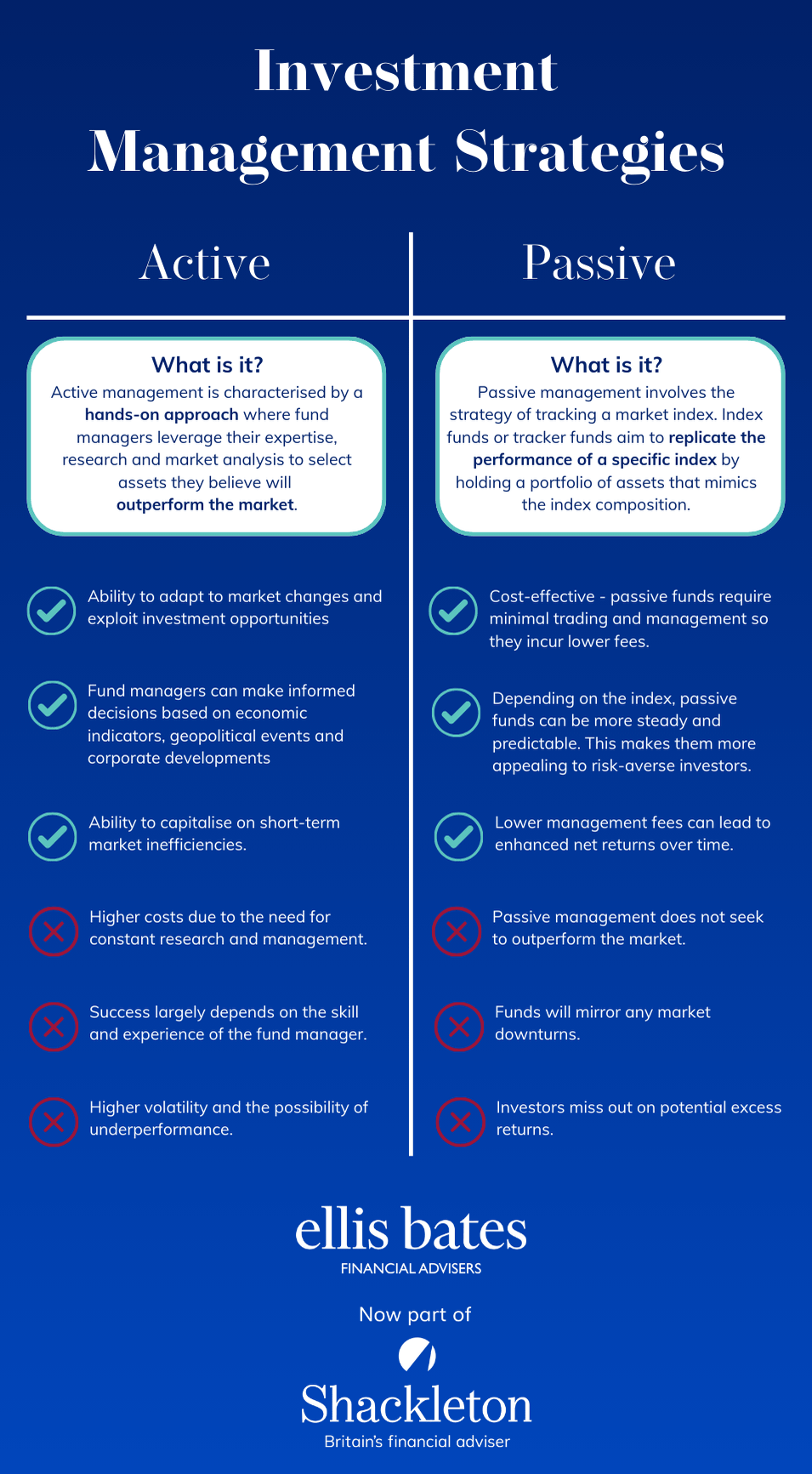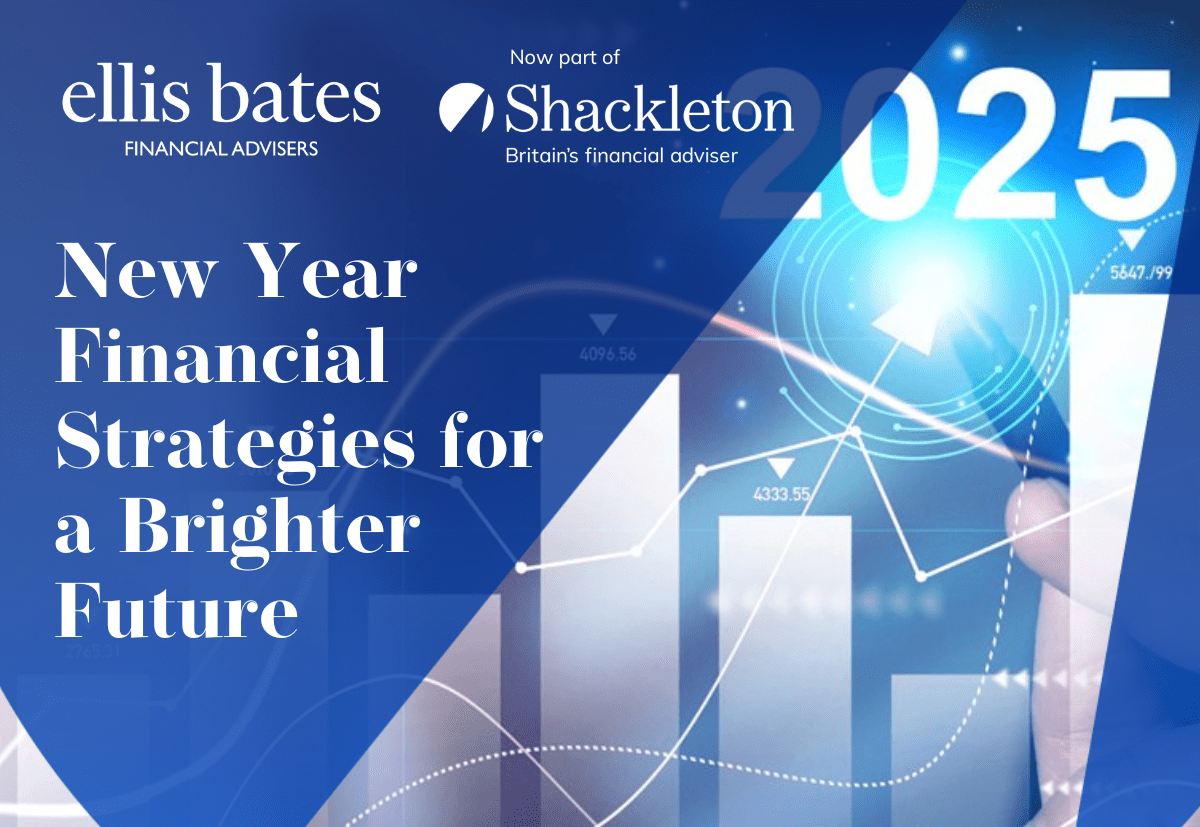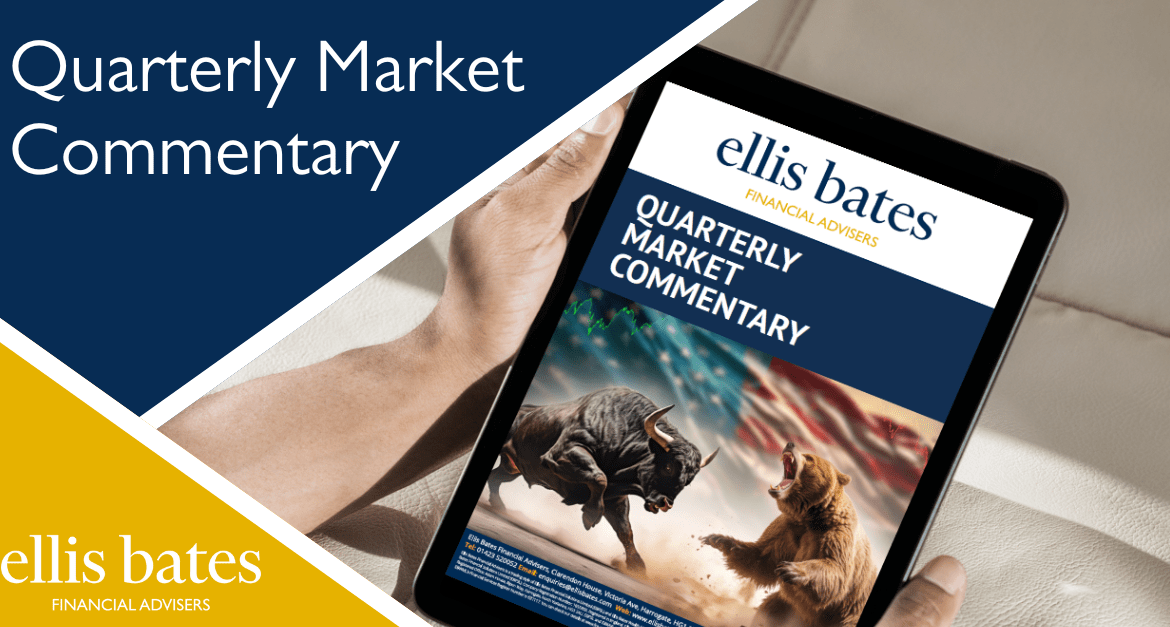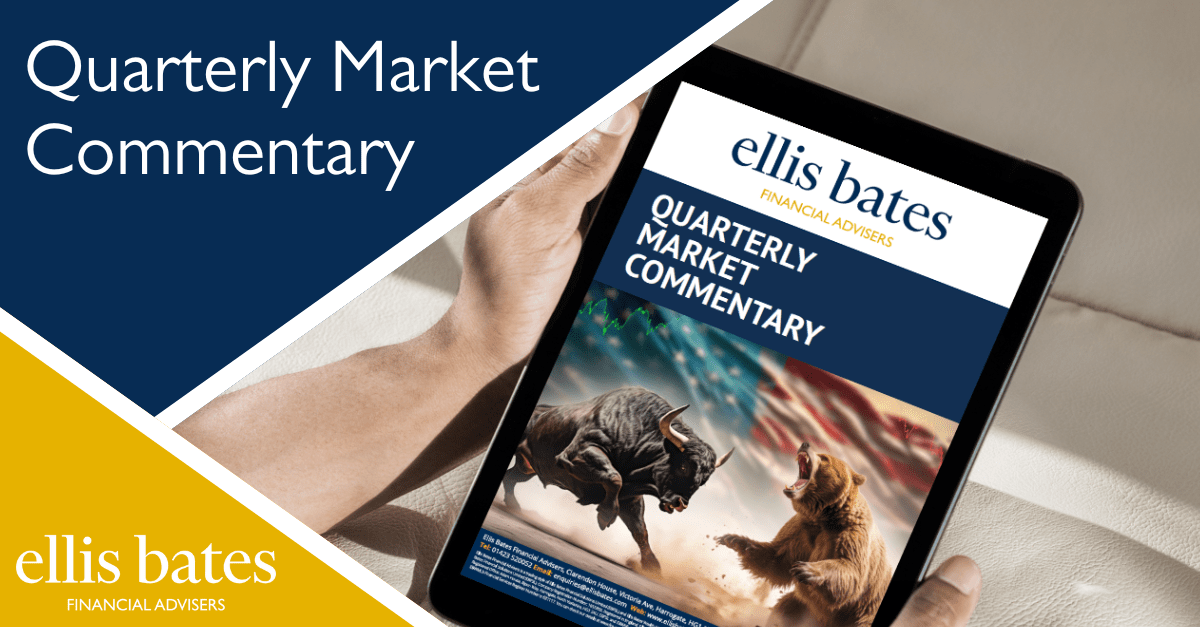Asset allocation is not a one-time decision
https://www.ellisbates.com/wp-content/uploads/2025/02/GettyImages-1285914408-e1739271210517-1024x556.jpg 1024 556 Jess Easby Jess Easby https://secure.gravatar.com/avatar/70f816837c455030814d46a740cfc12d89893aaf8cbf8c8f8f59387d7b30ac08?s=96&d=mm&r=gMaximise potential returns while minimising risk

Asset allocation is a cornerstone of successful financial planning. It offers a strategy to maximise potential returns while minimising risk. By spreading investments across various asset classes, such as equities, bonds, property and cash, investors can safeguard their wealth, particularly in volatile markets. The essence of asset allocation lies in creating a balanced portfolio that can weather market fluctuations and protect wealth over time.
DYNAMIC NATURE OF ASSET ALLOCATION
Asset allocation is not a one-time decision but an evolving process that adapts to your changing circumstances, goals and risk tolerance. As life progresses, so too should your investment strategy. For instance, as you near retirement, you might shift towards more conservative investments focusing on income generation with lower risk. This dynamic approach ensures that your asset allocation remains aligned with your financial objectives throughout different stages of life.
CRAFTING A PERSONALISED ALLOCATION STRATEGY
There is no universal asset allocation strategy that guarantees success. The key is to tailor your allocation to reflect your future capital and income needs, timescales, income level desired and risk appetite. Balancing risk and return is fundamental, and a well-considered asset allocation can help maximise returns while potentially reducing overall portfolio risk. Each investor’s attitude towards risk is unique, and asset allocation should mirror this individuality.
EXPLORING ASSET CLASSES: CASH AND BONDS
Deciding how much of your portfolio to allocate to each asset class is critical. Each class – cash, bonds, equities and property – has distinct characteristics. Cash is considered safe but typically offers lower returns, making it ideal for short-term needs or emergency funds. Bonds, on the other hand, typically provide regular income but are sensitive to interest rate changes. The risk associated with bonds varies based on the
issuer’s financial strength, with higher-risk issuers offering more attractive yields.
EQUITIES AND PROPERTY: HIGH POTENTIAL RETURNS
Equities, or shares, are riskier than bonds but can offer superior long-term returns. They provide profit through price appreciation and dividends. Property, including commercial real estate, is another significant asset class known for its potential to deliver steady income and capital appreciation. However, property requires a substantial initial investment and can be less liquid compared to equities or bonds.
ROLE OF DIVERSIFICATION
Diversification is essential in mitigating investment risk. You spread risk and optimise potential returns under varying market conditions by allocating assets across various classes. This strategy involves regularly reviewing and adjusting the composition of your investment portfolio to align with market trends and your personal financial goals.
ADAPTING TO MARKET CONDITIONS
Investment strategies must adapt to economic cycles and market conditions. During times of economic growth and healthy risk appetite, a higher weighting in equities might be appropriate. Conversely, a conservative shift towards bonds or large, stable companies may be prudent in challenging times. Regular adjustments ensure that your portfolio’s asset blend remains optimal.
BUILDING A RESILIENT PORTFOLIO
A well-crafted asset allocation strategy is instrumental in achieving financial goals and protecting wealth. Regularly reviewing and adjusting your asset allocation ensures it aligns with your evolving needs and risk tolerance.






 Investing is a nuanced blend of art and science, with successful outcomes often hinging on the consistent application of sound principles. These principles provide a reliable guide through the ever-shifting financial landscape, offering a roadmap to achieving financial goals. Understanding and applying these foundational principles is crucial whether you’re a seasoned investor or embarking on your investment journey.
Investing is a nuanced blend of art and science, with successful outcomes often hinging on the consistent application of sound principles. These principles provide a reliable guide through the ever-shifting financial landscape, offering a roadmap to achieving financial goals. Understanding and applying these foundational principles is crucial whether you’re a seasoned investor or embarking on your investment journey.